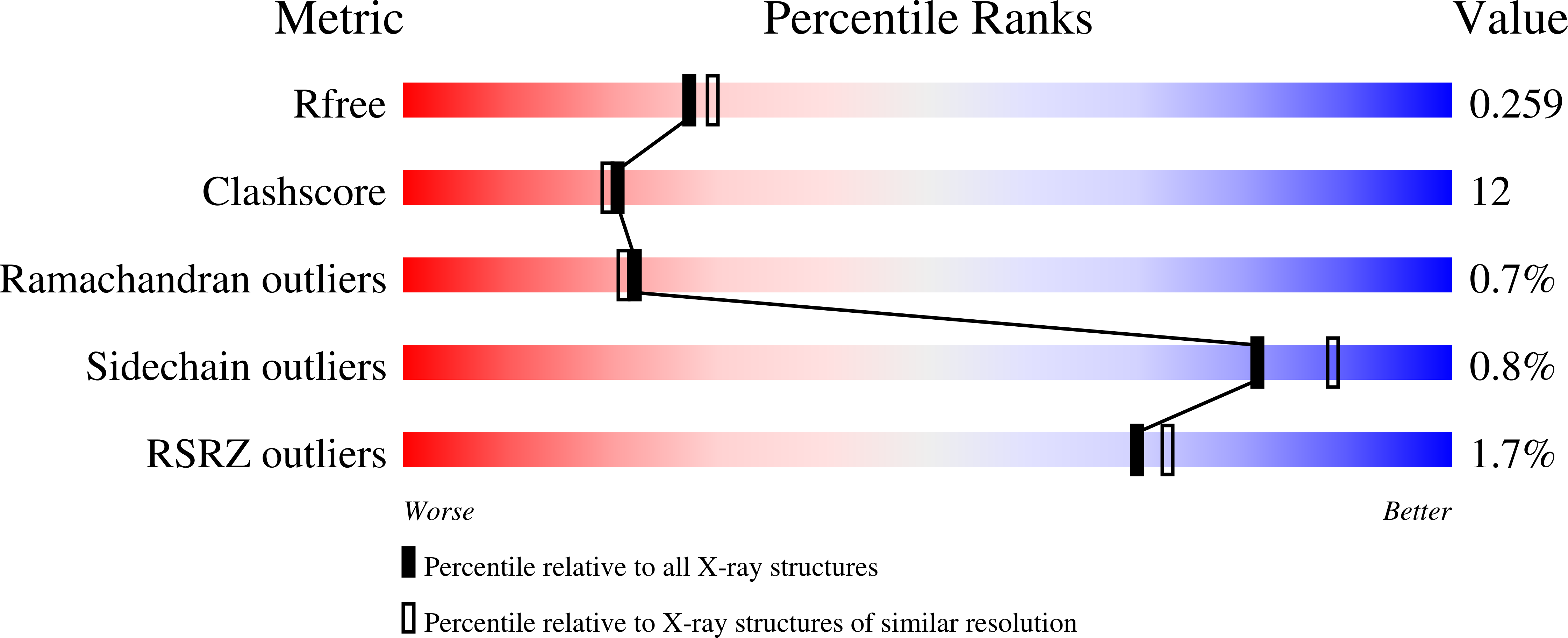
Deposition Date
2009-06-17
Release Date
2009-07-21
Last Version Date
2024-10-30
Entry Detail
PDB ID:
3HWJ
Keywords:
Title:
Crystal structure of the second PHR domain of Mouse Myc-binding protein 2 (MYCBP-2)
Biological Source:
Source Organism:
Mus musculus (Taxon ID: 10090)
Host Organism:
Method Details:
Experimental Method:
Resolution:
2.25 Å
R-Value Free:
0.25
R-Value Work:
0.19
R-Value Observed:
0.20
Space Group:
C 2 2 21


